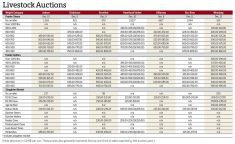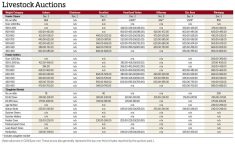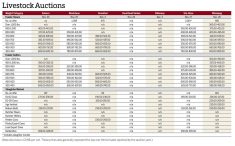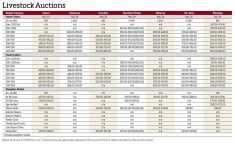A calendar year that started with extremely low temperatures ended with record-high cattle prices.
Feeder prices continued to rise throughout 2024 and reached all-time highs late in the year, fueled by a shrinking North American cattle herd, a weaker Canadian dollar and declining feed costs.
During the week ended Dec. 15, 2023, the highest price for a feeder steer in Manitoba was $470 per hundredweight, and for a feeder heifer was $380. On Dec. 13 this year, the highs were $680 and $588/cwt., up 44.7 and 54.7 per cent, respectively.
Read Also
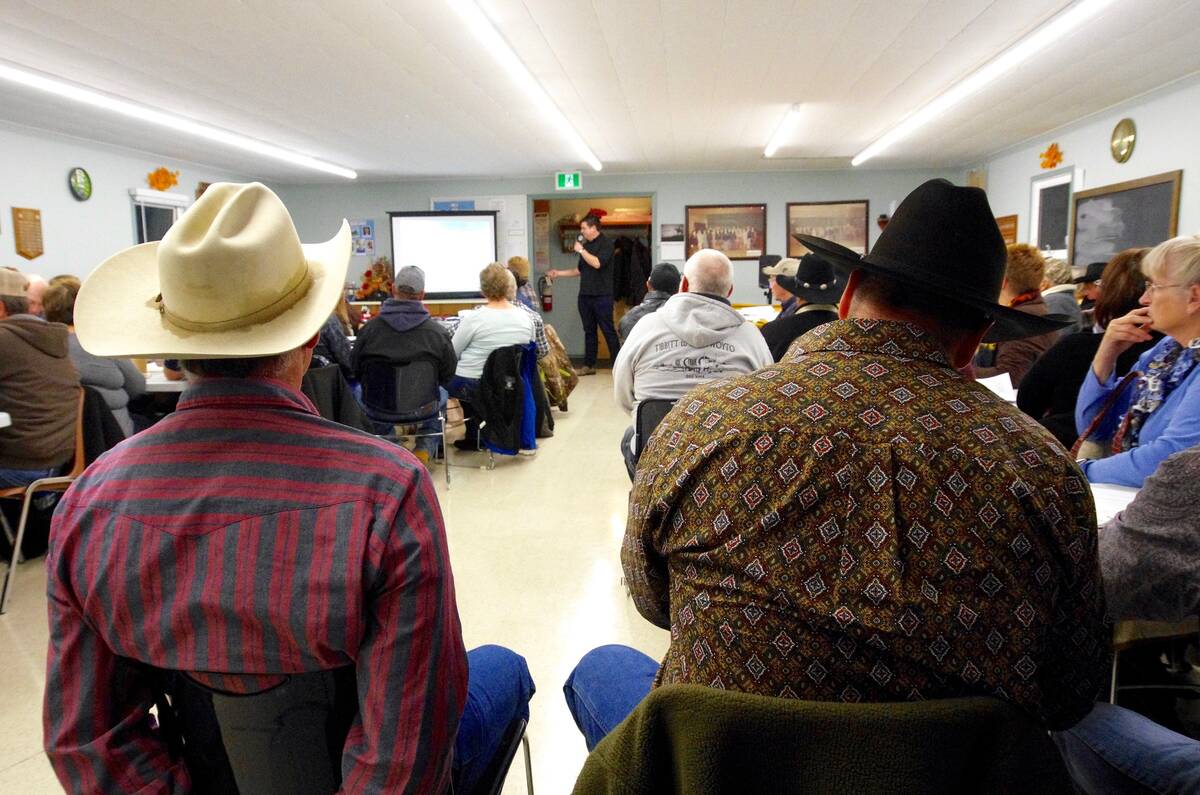
Don’t blow off that beef producer meeting
Local veterinarians and livestock experts often speak at beef producer group events. They have good advice for the farmer on vaccines, calving, beef herd management and more.
Manitoba Beef Producers president Matthew Atkinson said numerous factors came together to make 2024 one of the best years in recent memory for the cattle sector.
“We’ve got interest rates coming down … We had an incredible growing year that saw some record hay yields and we combined that with some record high prices through the fall and cheap feed grain prices.”
Operating costs increased in 2024, Atkinson noted, but most were in the first half of the year amid frigid temperatures in January and a wet spring. Input costs were steady throughout the year compared to cattle prices, which ramped up in the second half.
“We were struggling away (in previous years). A lot of guys were operating in the red and subsidizing the price of their calves with off-farm jobs,” Atkinson recalled. “Now we’re sitting in a very positive price upswing and that’s really seeing folks being quite profitable on the calves.”
Statistics Canada reported the country’s cattle herd declined to about 11.1 million cattle and calves as of Jan. 1, 2024, the lowest total since 1989. Declining numbers have made it more difficult for feedlots to purchase cattle.
“You have that fixed cost in the feedlot, so you have to justify the infrastructure and do your best to keep it full,” Atkinson said. “When we see that shortfall happening, we have quite a lot of bunk space in Western Canada and we’re struggling to have calves to fill up.”
The MBP president said predation will remain an issue for producers, especially with record cattle prices. United States president-elect Donald Trump’s comments on potential tariffs have also created more uncertainty.
One of MBP’s initiatives going into the new year is implementation of a livestock inspection service in Manitoba. The other three provinces in Western Canada already have one.
“We’ve had a lot of pressure on the heels of some major frauds and missing cattle and issues over cattle ownership over the past few years,” Atkinson said. “We’ve had a lot of consultation about this and we’ve had positive feedback on the need for such an oversight in the industry.”
As for expectations in 2025, Atkinson said these are unprecedented times.
“Barring any sort of major trade interruptions, I think there are great opportunities for major producers to take advantage of some profitable years. Perhaps there’s a little bit of optimism out there. To sustain or rebuild those (cattle) numbers a little bit would be very nice to see.”




